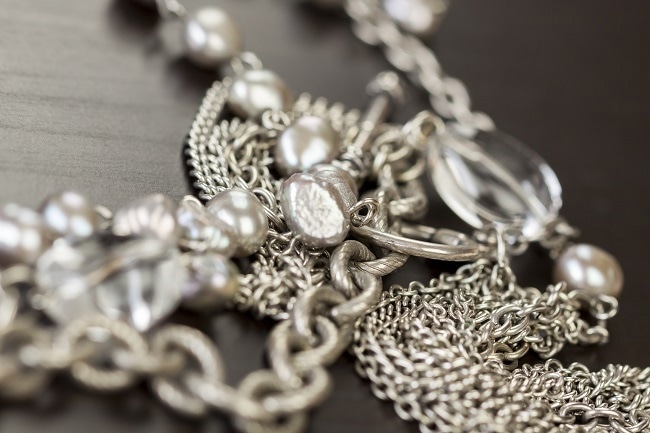Jul 21 2001
Introduction
Silver has been known since the ancient times. Slag dumps in Asia Minor and on islands in the Aegean Sea indicate that man had learned to separate silver from lead as early as 3000 B.C.
Silver occurs native and in ores (argentite (Ag2S) and horn silver (AgCl2)); lead, lead-zinc, copper, gold and copper-nickel ores are principal sources. It is also recovered during electrolytic refining of copper.
Silver metal in its pure state has a brilliant white metallic lustre. It is a little harder than gold and is very ductile and malleable. It is classified with the precious metals. Silver is stable in pure air and water, but tarnishes when exposed to ozone, hydrogen sulphide, or air containing sulphur because of the formation of a silver sulphide.
It has the highest electrical and heat conductivity of all metals and the lowest contact resistance. Cold working will reduce this conductivity. When heated above its boiling point, silver boils off as a green vapour.
Silver is soluble in nitric acid and in hot sulphuric acid.
Silver has three commercial types:
• Fine silver which is greater than 99.9% pure
• Coin silver (a silver alloy) with 90% silver and 10% copper
• Silver powder that comes in several forms such as amorphous powder, dendritic crystals, atomised powder, silver-clad powder, silver flake and nickel-coated silver powder.
Silver salts are poisonous due to the anions present.
Applications
Applications for silver include:
• Silver as sterling silver is used for jewellery, silverware, electrical contacts and the like.
• Silver is of the upmost importance in photography (where approximately 30% of the U.S. Industrial consumption goes into this application).
• Dental alloys
• Coinage
• Silver is used in the making of solder and brazing alloys and electrical contacts
• High capacity silver-zinc and silver-cadmium batteries
• As paint it is used for making printed circuits and other electronic applications
• It can be deposited on glass or metals by chemical deposition, electrodeposition, or by evaporation to make mirrors
Compounds of silver are used for:
• High-powered explosives
• Silver iodide is used for seeding clouds to produce rain
• Silver chloride is used as cement for glasses
• Silver nitrate (the most important silver compound) is used extensively in photography. It is used also for silvering mirrors, for silver-plating, in indelible inks, in medicine and for the production of other silver chemicals
• Silver sulphide is used for inlaying in metal work and in self-resetting circuits breakers

Silver is commonlyused assterling silver for jewellery. Image Credit: ShutterStock/JL-Pfeifer
Primary author: AZoM.com